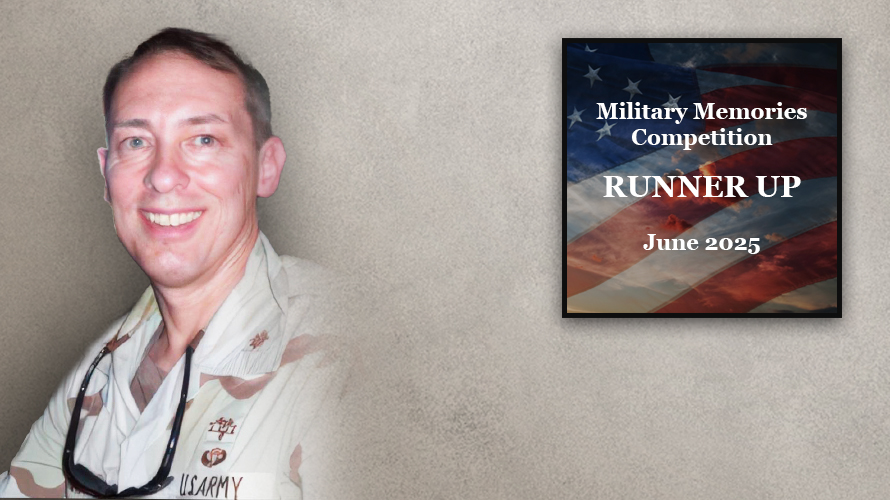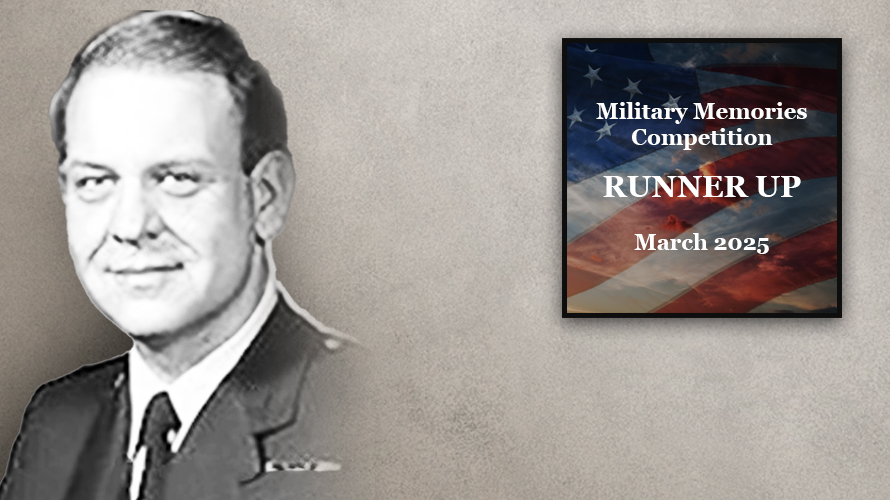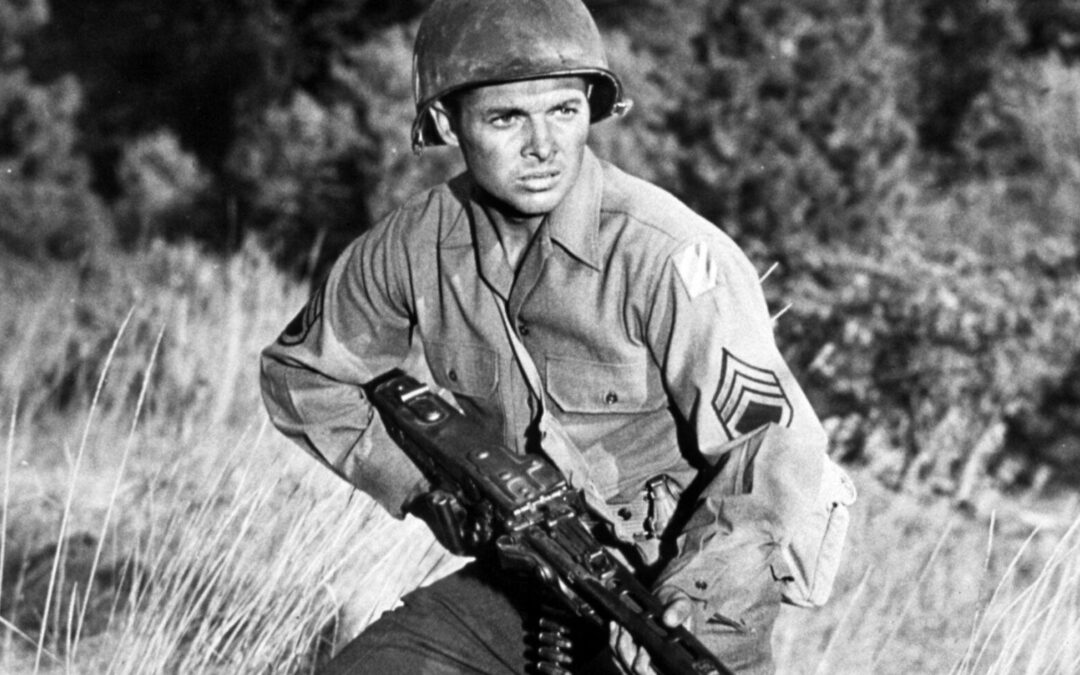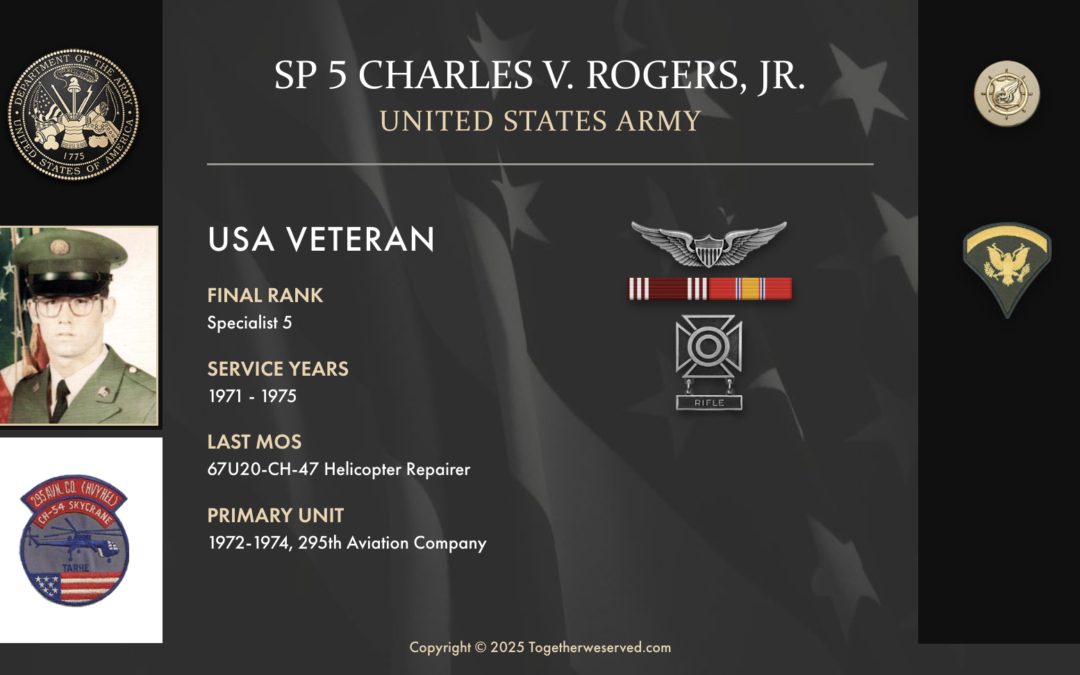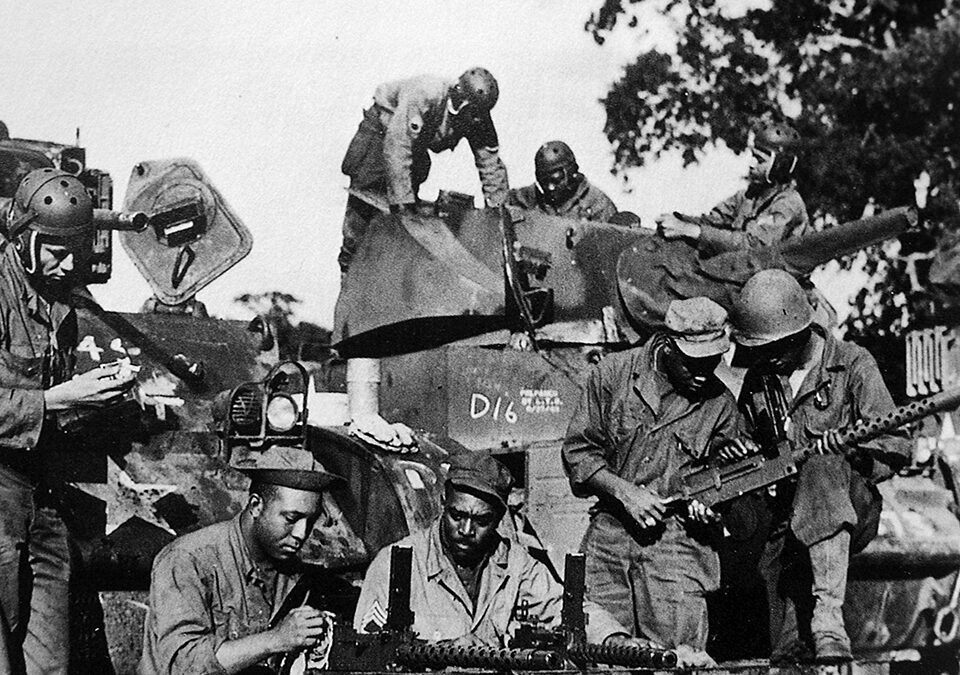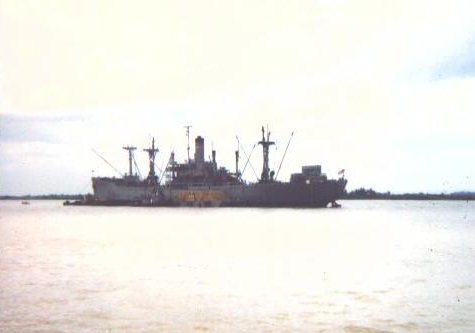What Advice Would You Give A New Recruit Just Starting Out Their Military Career?:
Starting a military career is one of the most rewarding and challenging journeys you’ll ever take. It’s a life of discipline, duty, and dedication, but it’s also about making sure your hard work is seen and recognized. As SPC4 in the Army that worked in personnel and on the Road as an MP, I saw all too often people who were excellent soldiers just had nothing in their file and were often overlooked. Promotions don’t just happen; they’re earned, often by people who may never meet you in person. They’ll only see a snapshot of your efforts through your file. That file tells your story, so make it an unforgettable one.

